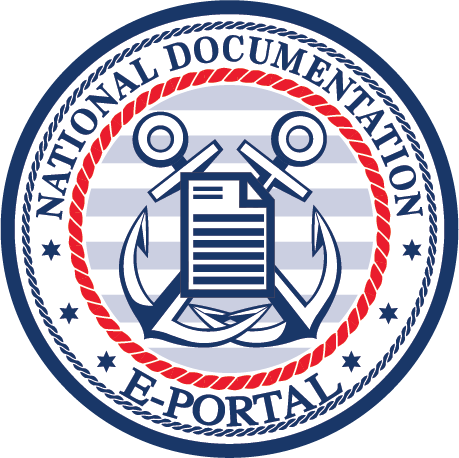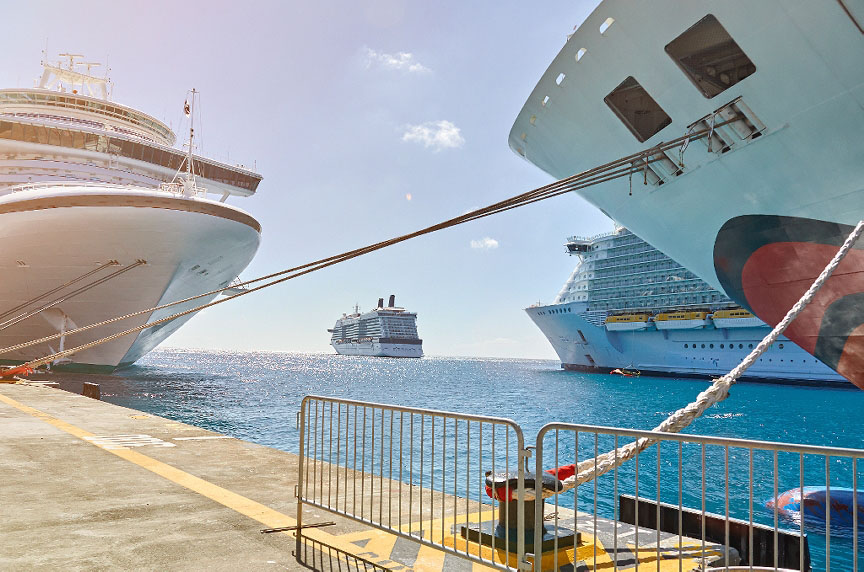Maintaining proper United States Coast Guard documentation is a legal requirement for eligible vessels, yet many boat owners unknowingly make mistakes that can lead to fines, delays, or even loss of documentation status. While the National Documentation Portal exists to simplify the process, certain errors continue to plague applicants.
This guide highlights seven less-discussed—but equally critical—mistakes boaters make with their United States Coast Guard documentation, along with actionable solutions to avoid them.

Misunderstanding Eligibility Requirements
Many boaters assume their vessel qualifies for federal documentation when it doesn’t—or vice versa. Unlike state registration, United States Coast Guard documentation has specific criteria:
- Vessels must measure at least 5 net tons (typically 25+ feet in length).
- The boat must be owned by a U.S. citizen or a qualified entity (e.g., an LLC meeting citizenship requirements).
- Documentation is mandatory for commercial vessels but optional for many recreational boats.
Common Missteps:
- Documenting a vessel that only needs state registration.
- Failing to document a boat used for fishing or coastwise trade (which requires it).
How to Avoid This:
- Measure your vessel’s tonnage.
- Review tonnage calculations with an expert if unsure.
Incorrectly Reporting Tonnage
A vessel’s net tonnage isn’t its weight—it’s a measurement of interior volume. Errors here can invalidate documentation:
- Overestimating tonnage to qualify for documentation.
- Underreporting to avoid higher fees or regulations.
Why It Matters:
- Tonnage affects eligibility, fees, and operational rules.
- Discrepancies may trigger audits or fines.
How to Avoid This:
- Refer to the original builder’s certificate for tonnage.
- Hire a marine surveyor for ambiguous cases.
Failing to Update United States Coast Guard Documentation After Major Changes
Boaters often overlook reporting requirements for:
- Name changes (even minor spelling corrections).
- Haul modifications that affect tonnage or dimensions.
- Ownership transfers (e.g., adding/removing co-owners).
Consequences:
- Documentation becomes invalid for loans or sales.
- Insurance claims may be denied due to mismatched records.
How to Avoid This:
- Submit amendments through the National Documentation Portal within 30 days of changes.
- Keep a log of all structural alterations.
Ignoring Citizenship Compliance for LLC-Owned Vessels
For boats owned by LLCs or trusts, the United States Coast Guard documentation process has strict citizenship rules:
- The entity must be at least 75% U.S.-owned.
- Managing members must be U.S. citizens.
Common Errors:
- Assuming any U.S.-registered LLC qualifies.
- Not documenting ownership percentages properly.
How to Avoid This:
- Use the National Documentation Portal’s LLC compliance checklist.
- Consult a maritime attorney for complex ownership structures.
Letting United States Coast Guard Documentation Lapse Without Realizing It
Unlike state registrations, federal documentation has no physical decals or tags. Many boaters don’t realize their documentation has expired until:
- They’re denied entry to foreign ports.
- A lender requests current paperwork for refinancing.
Key Details:
- Renewals are annual but can be done early.
- If your documentation has expired for more than 30 days, then you have to reinstate your documentation – not renew it.
How to Avoid This:
- Certain vessels can be documented for up to five years in advance.
- Store renewal confirmations with your boating paperwork.
Mismanaging Mortgages and Liens
Documented vessels often have preferred ship’s mortgages, but errors in reporting them can cause legal issues:
- Not listing a mortgage properly during initial documentation.
- Failing to remove satisfied liens promptly.
Risks Include:
- Clouded titles that complicate sales.
- Lender disputes over collateral status.
How to Avoid This:
- Submit mortgage filings simultaneously with documentation applications.
- Use the National Documentation Portal’s lien release template once you’ve paid off your vessel.
Assuming United States Coast Guard Documentation Covers All Legal Requirements
Federal documentation doesn’t replace:
- State registration (if required locally).
- Local permits (e.g., for wastewater or fishing).
- International cruising endorsements (needed separately).
Real-World Example:
A documented yacht in particular states must still display state numbers if used recreationally in state waters.
How to Avoid This:
- Research state/local laws alongside federal requirements.
How the National Documentation Portal Prevents These Errors
The portal is designed to address these niche but critical mistakes. We designed this portal to be mobile-optimized, for starters. What that means is that anyone can use this site at any time and from anywhere.
So, if you’re out for a walk, at work, at the bank, on your couch, or even at port, you’ll be able to access our site. Moreover, you’ll be able to complete all of the forms from just about anywhere, too. We see this as more ways that we can help vessel owners.
By leveraging these tools, boaters can maintain compliant United States Coast Guard documentation without oversights that lead to penalties or operational restrictions.
For those navigating the process, the National Documentation Portal offers a streamlined alternative to paper forms and guesswork. Whether correcting an existing issue or starting fresh, the portal’s specialized features help boaters avoid these seven often-overlooked errors.
To verify your vessel’s status, begin documentation, and so much more, visit the National Documentation Portal today.

